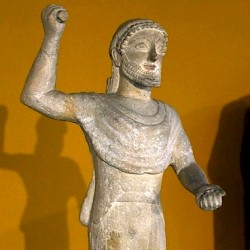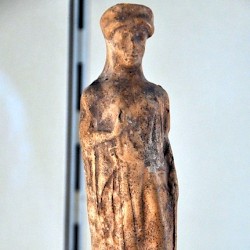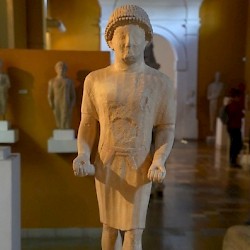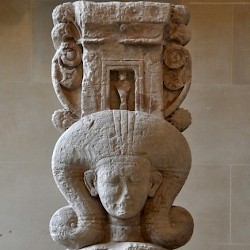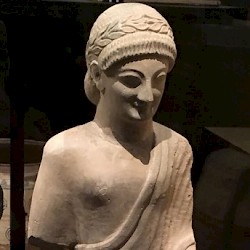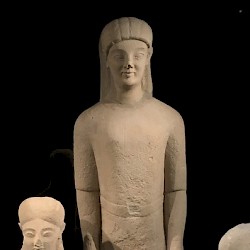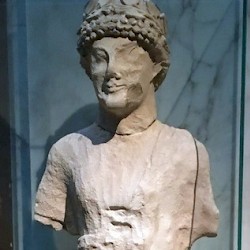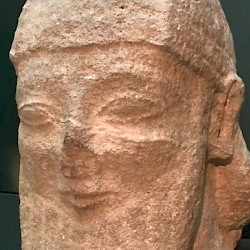Kition
Q1743884Kition (Greek Κίτιον, Latin Citium): important port and city-state in southern Cyprus (modern Larnaca).
Bronze Age
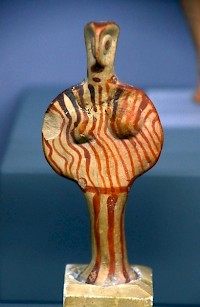
Exavations in the northern part of modern Larnaca ("Area II") suggest that this was the site of an important Bronze Age settlement, which already flourished between 1500 and 1300 BCE. It must have benefitted from the copper trade. Among the buildings that were identified, was the sanctuary that is now known as Temple 2. It may be identical to a town called Kathian in an inscription by pharaoh Ramesses III (r.1184-1152 BCE).
In the thirteenth century BCE, Mycenaean Greek merchants came to trade in this town, and the Greeks settled here after the demise of the Mycenaean palaces in the homeland. Today, Cyclopean walls and five Mycenaean sanctuaries (near and partially replacing Temple 2) have been excavated, together with all kinds of pottery, jewelry, and figurines. The large Temple 1 was probably dedicated to a Mother Goddess. It was an open air sanctuary with a "holy of holies", surrounded by a large wall of well-cut stones that measured 35 x 22 meters.
After a large earthquake in about 1050 BCE, the Post-Mycenaean settlement was more or less evacuated by its inhabitants.
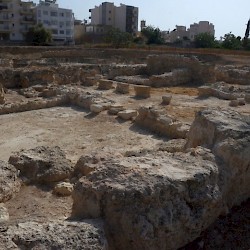 Kition, Copper smelting site |
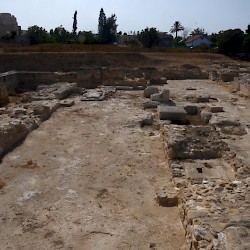 Kition, Temple 1 |
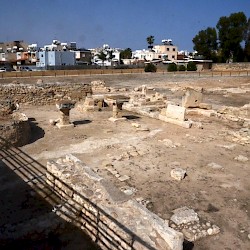 Kition, Temple 2 |
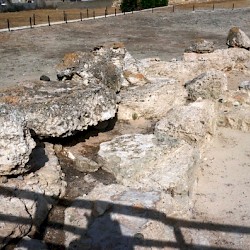 Kition, Cyclopean Wall |
Iron Age
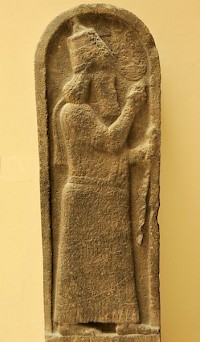
In the second half of the ninth century BCE, however, settlers from Tyre repopulated Kition, which rapidly became a center of Phoenician civilization. The site was often called Kart hadašt, "the new city". In Temple 1, the goddess Astarte was venerated, the Levantine equivalent of Aphrodite.
From the port of Kition, the ships of Tyre and Sidon would continue to the west, to Sicily, to Carthage, and beyond. The importance of the town may be deduced from the fact that in Hebrew, Kittim ("people from Kition") became the word to indicate all gentile westerners, Cypriote or not.
In the last quarter of the eighth century BCE, the Assyrian kings Šalmaneser V (r.726-722) and Sargon II (r.721-705) expanded their empire to the west, seizing control in the Phoenician cities. It would appear that Kition was from now on no longer dependent on its mother city Tyre, but was a direct subject of Assyria, because an inscription by Sargon's son and successor Esarhaddon (r.680-669 BCE) mentions one "Damusi, king of Qarti-hadasti".note
The city continued to run its administration in the Phoenician language and - more importantly - foreign powers never had much influence on Cypriote affairs. Egyptian dominance during the reign of king Amasis (r.570-526) was just as short as Assyrian supremacy. The local kings usually managed to arrange their own affairs. If the Achaemenid Persians, who gained control in c.530 BCE, exercised their power for two centuries, this was only possible because they had found a way to do business with the Cypriote kings.
Classical Age
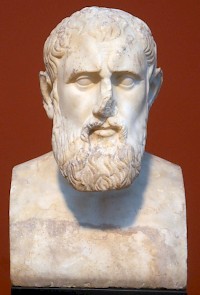
Still, there were several revolts against Persian rule. After 499 BCE, several Cypriote city-states joined the Ionian Revolt, but the Persians repressed this insurrection and we find Cypriote ships in the fleet that supported the Persian king Xerxes when he tried to conquer Greece (the Persian War). In the mid-fifth century BCE, there was another unsuccessful rebellion, but Kition remained loyal to Persia. Not much later, we see that Kition controls two other cities, Idalion and Tamassos.
Persian rule would continue until 332 BCE, when the Cypriote kings sided with Alexander the Great. They played an important role during the Macedonian siege of Tyre.
After the death of Alexander in 323 BCE, Cyprus was contested, but in the end it became part of the kingdom that had been founded in Egypt by Alexander's colonel Ptolemy, the Ptolemaic Empire. The island would remain an important province of this kingdom, ruled by a governor who resided in New Paphos. It was only at this time that the reign of the Cypriote city-kings came to an end: the last ruler of Kition, Pumiathon, was even executed, while the temples of the city were burned down.
Hellenistic Age
Kition's most famous son lived during the Ptolemaic age: the philosopher Zeno, founder of the Stoic philosophy.
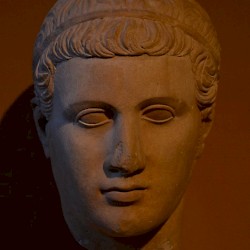 Larnaca-Assos, Portrait of an athlete |
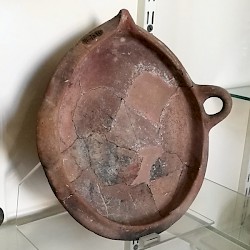 Larnaca, Cooking utensil |
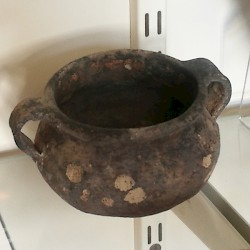 Larnaca, Cooking utensil |
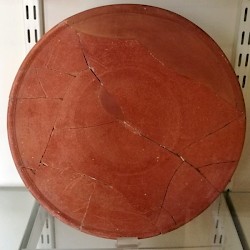 Larnaca, Roman plate |
Roman Age
The Romans annexed Cyprus in 58 BCE, and although Kition suffered from several earthquakes, it generally prospered under Roman rule. The city's name lives on in Kiti, a southwestern suburb of Larnaca, where a splendid fifth-century church with sixth-century Byzantine mosaics can still be visited.
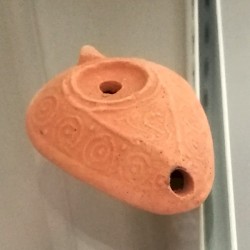 Larnaca, Byzantine oil lamp |
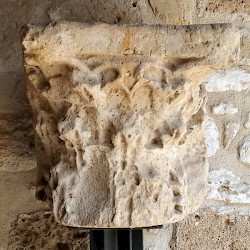 Larnaca, Corinthian capital |
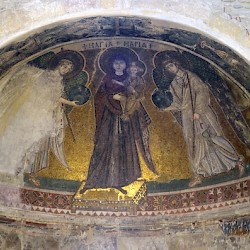 Kiti, Panagia Angeloktisti church, apse |
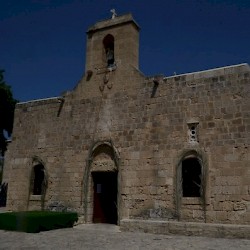 Kiti, Panagia Angeloktisti church |
